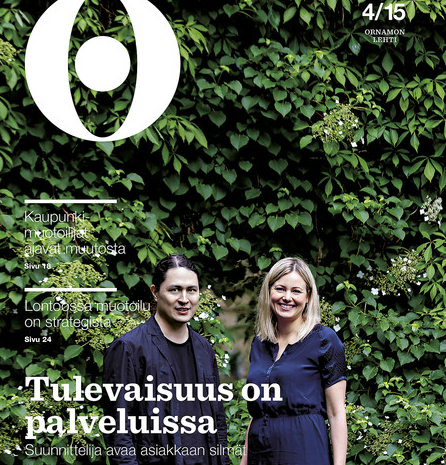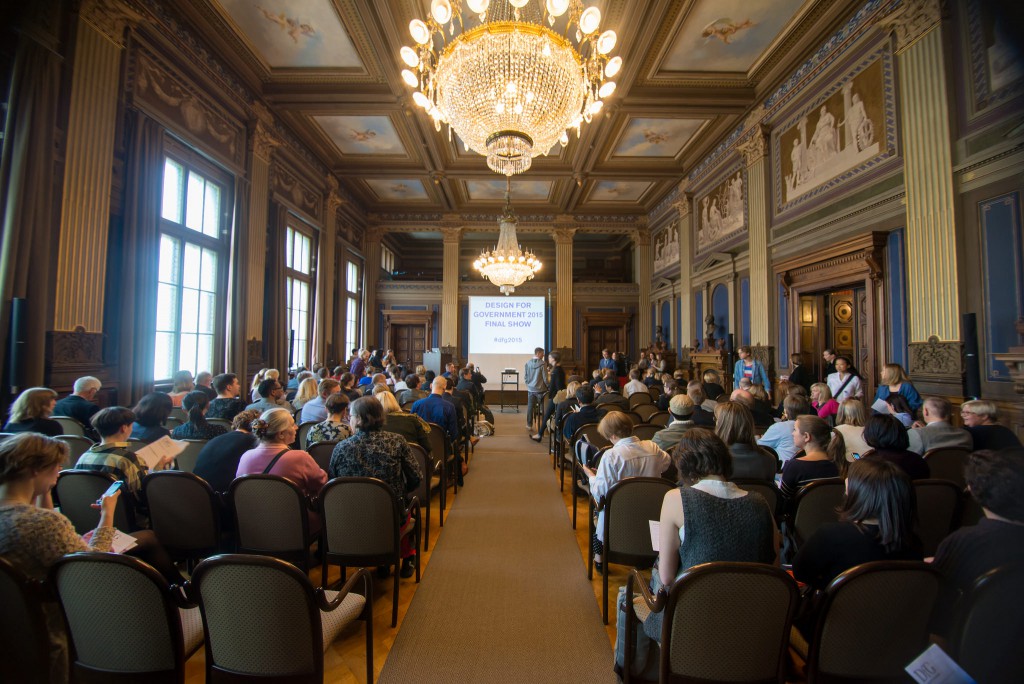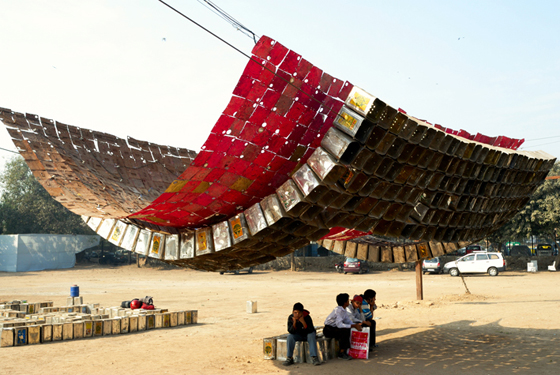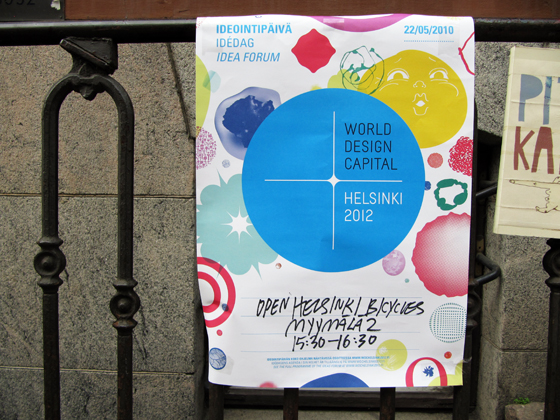
It’s been an exciting year at the Ministry of the Environment with the Design Exchange Programme (DEP). Now I am settling back at Urban Dream Management headquarters at L3 warehouse, Jätkäsaari, rich with experiences from the world of government.
Having a stronger background in working with the grassroots but also interacting with the public sector such as the city, the past 12 months were a great opportunity to understand how the public sector actually works, and how to build better dialogue with all the different sectors of the society.
I was one of the four designers who were embedded within Finland’s ministries and municipalities as full-time employees for a year trough DEP. The intent was to offer government new tools for delivering on its responsibilities and at the same time, experiment on how the tools and methodologies of design actually work in the practical life of government. I must say this has been a pretty unexplored area at least in the Finnish context. So the year offered a great chance to take the first steps to develop design capability for government and also to introduce civil servants to how design could be useful.
So, what purpose might design serve in this pretty abstract context of Finnish ministries?
Most of us working at DEP identified the main potentials in participatory or co-design methods, human-centered thinking and ethnography. These methods are useful both when a public sector organization needs to work with stakeholders, or wants to make sure their policy tools (such as laws or regulations) achieve the right impact in practice. Nonetheless those methods are key to developing the actual (co-)working culture within the government itself. Other useful tools are data visualization, iterating and prototyping, and working in a way that connects different scales – from small scale experiments to larger development projects. What we actually tried to do a lot of the time was to break the typical routines and patterns of behavior, in order to open up people’s eyes for new possibilities.
Throughout the year I’ve been writing a blog, which you can read here. My work at the Ministry of the Environment centered around two main themes (among many). I was leading a project about vacant spaces; exploring what kinds of new tools, services or processes we would need in order to make better use of the existing resource of spaces lying underused. You can read more about the vacant spaces project at the DEP website and on the “Tyhjät tilat” Facebook site. This process still continues in different ways: I’m working on a report on the project and next week also conducting a new workshop in Mikkeli, which will bring together artists, entrepreneurs and real estates owners to explore the potentials of vacant space in Mikkeli.


Another topic of mine at YM was energy efficiency and more precisely, how to encourage people to adopt more sustainable and energy efficient lifestyles and understand the impact of their own decisions. I had the opportunity to be sparring a project team of the Finnish Environment Institute (SYKE) in a project called Ekokoti (Green Home). The main question for me was to convince the project team that knowledge itself doesn’t change peoples’ behavior. Thus we were working on issues of how to create an ecological but attractive “brand” for the project, so that it would be appealing to masses who are not necessarily environmentally aware. We were talking about what affects peoples’ behavior and what’s the impact of peer groups and networks in creating change of behavior. As a result of the sparring work, the team hired a design student, Johanna Laukkanen who continues this perspective on a much more practical level. The Ekokoti team will be workshopping at “family café” meetings of Mannerheim League for Child Welfare, in order to create a working concept and materials for these kind of group meetings in order to create awareness of energy issues and inspire people to take actions in their life.
As design for government is a rather new topic to many designers, our aim has been to start educating young designers as well. Together with Aalto University researchers Seungho Lee and Juha Kronqvist we are plannign a pilot course, “Design for Government” that will be open to Aalto students the coming spring. More information to come…

Although the DEP experiment only lasted a year and was thus only a start of a new process, I am quite positive that the ministries will want to take this experience further. With our mentor Marco Steinberg, and another designer Sirpa Fourastie, we had several interesting conversations with different ministries, around what Finland should pursue in terms of design, innovation and meeting the public sector reform pressures. We will see where this takes us, but it certainly was a good start. I could see there is a sort of momentum building up within the ministries here to build something a bit more robust around design. Time will tell what happens!
These experiences have obviously been extremely fruitful in order to continue on the grounds I’ve set for Urban Dream Management before, and we’ll continue pursuing the same line of work here. I would like to welcome you again to follow our work and collaborate!







